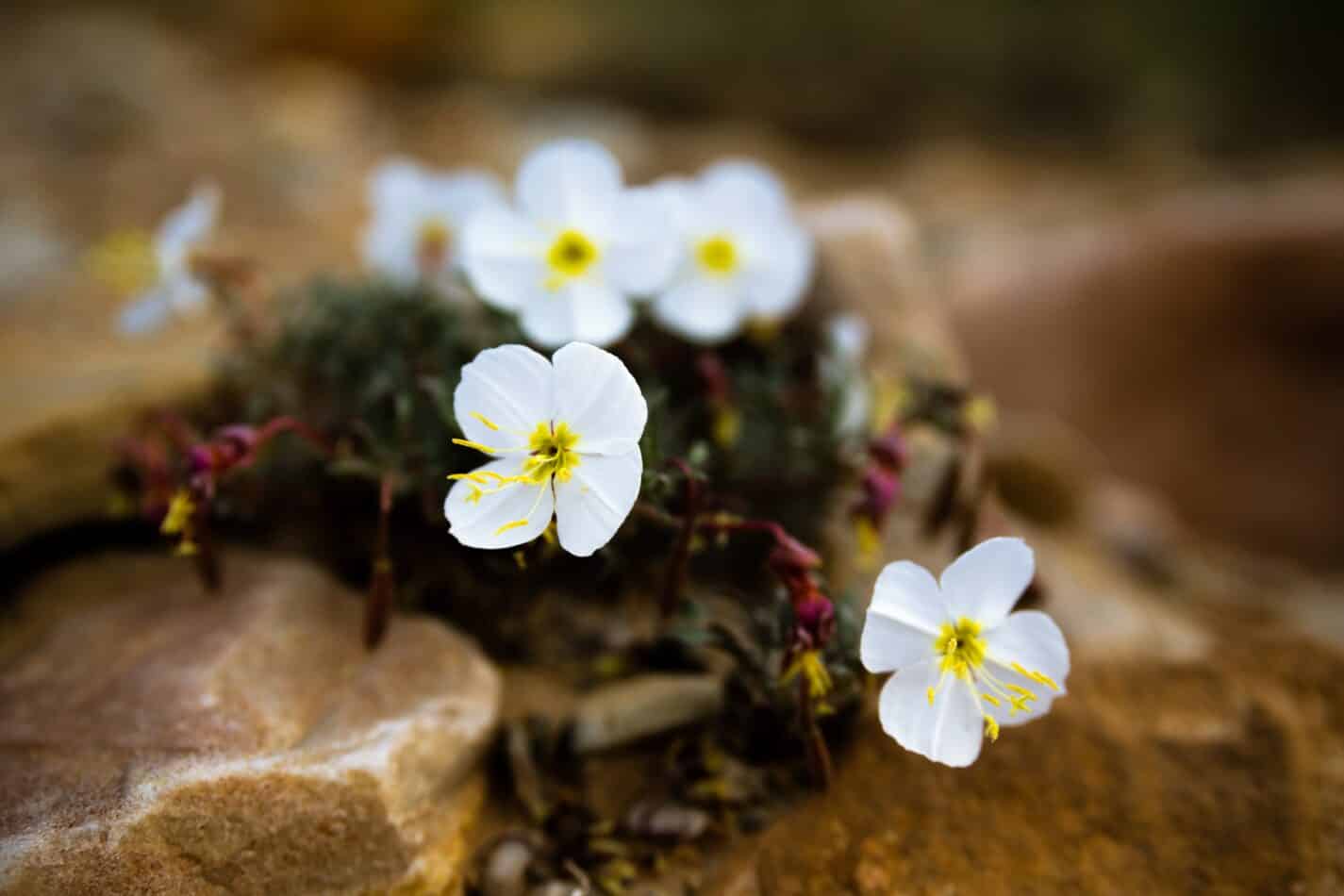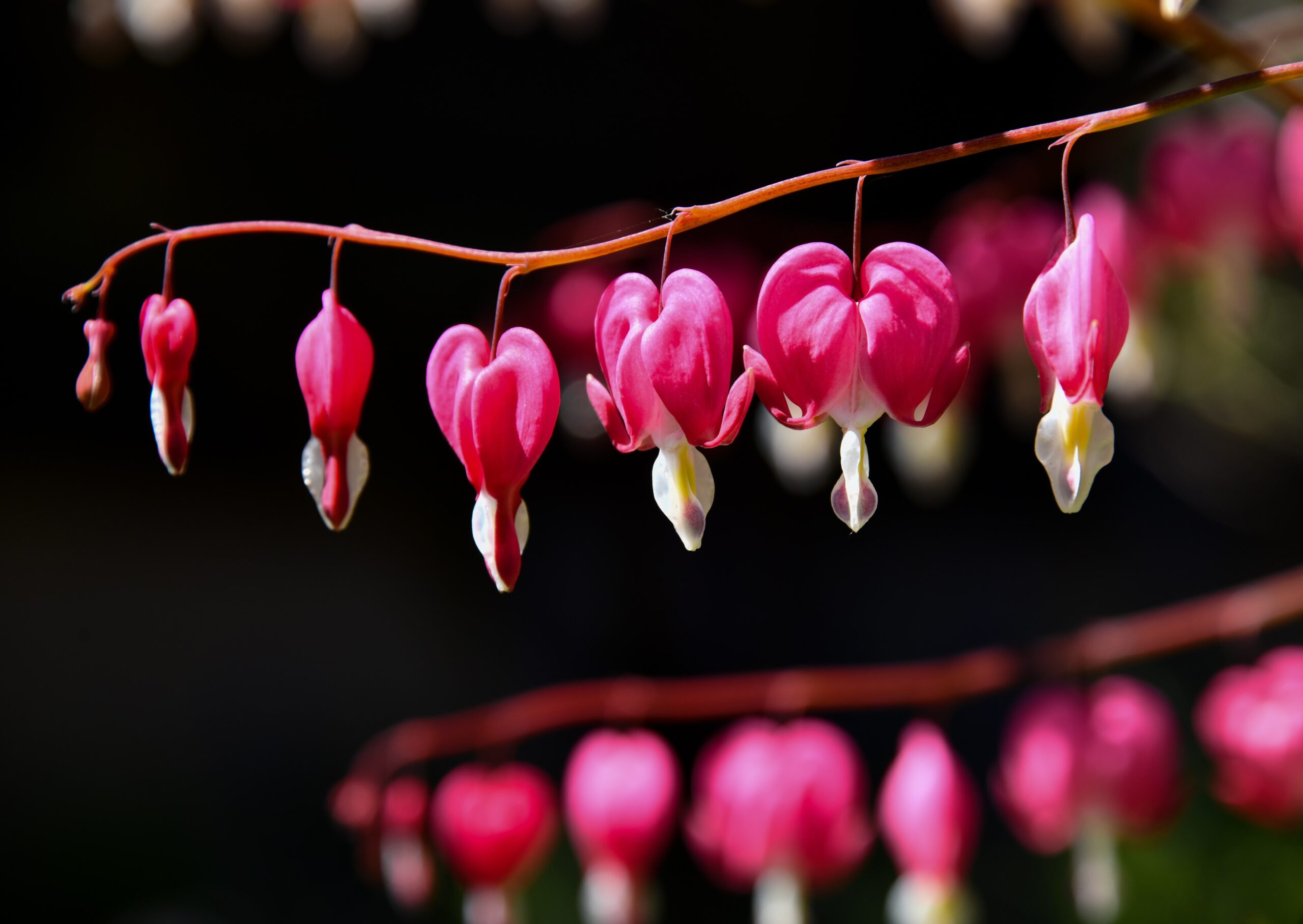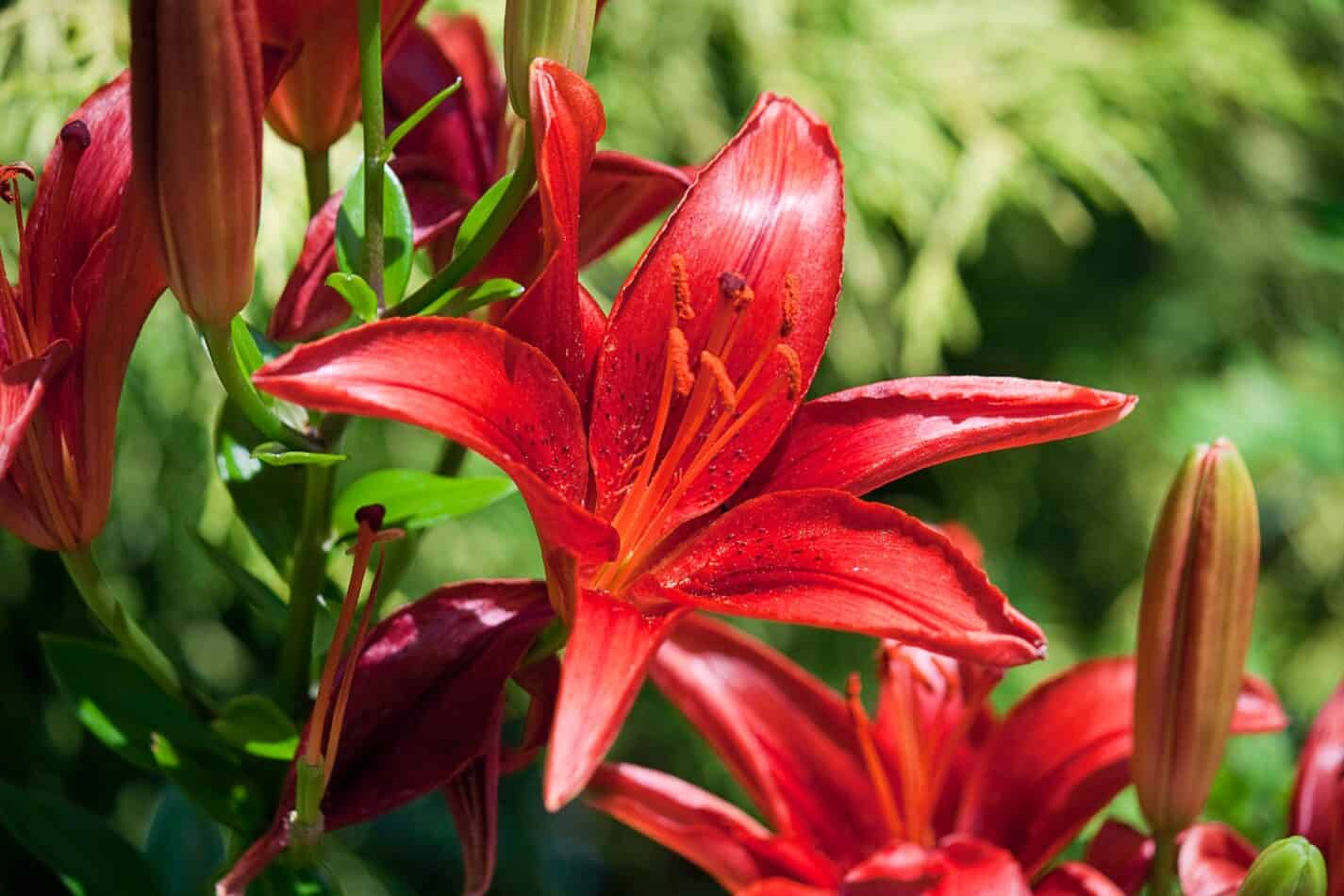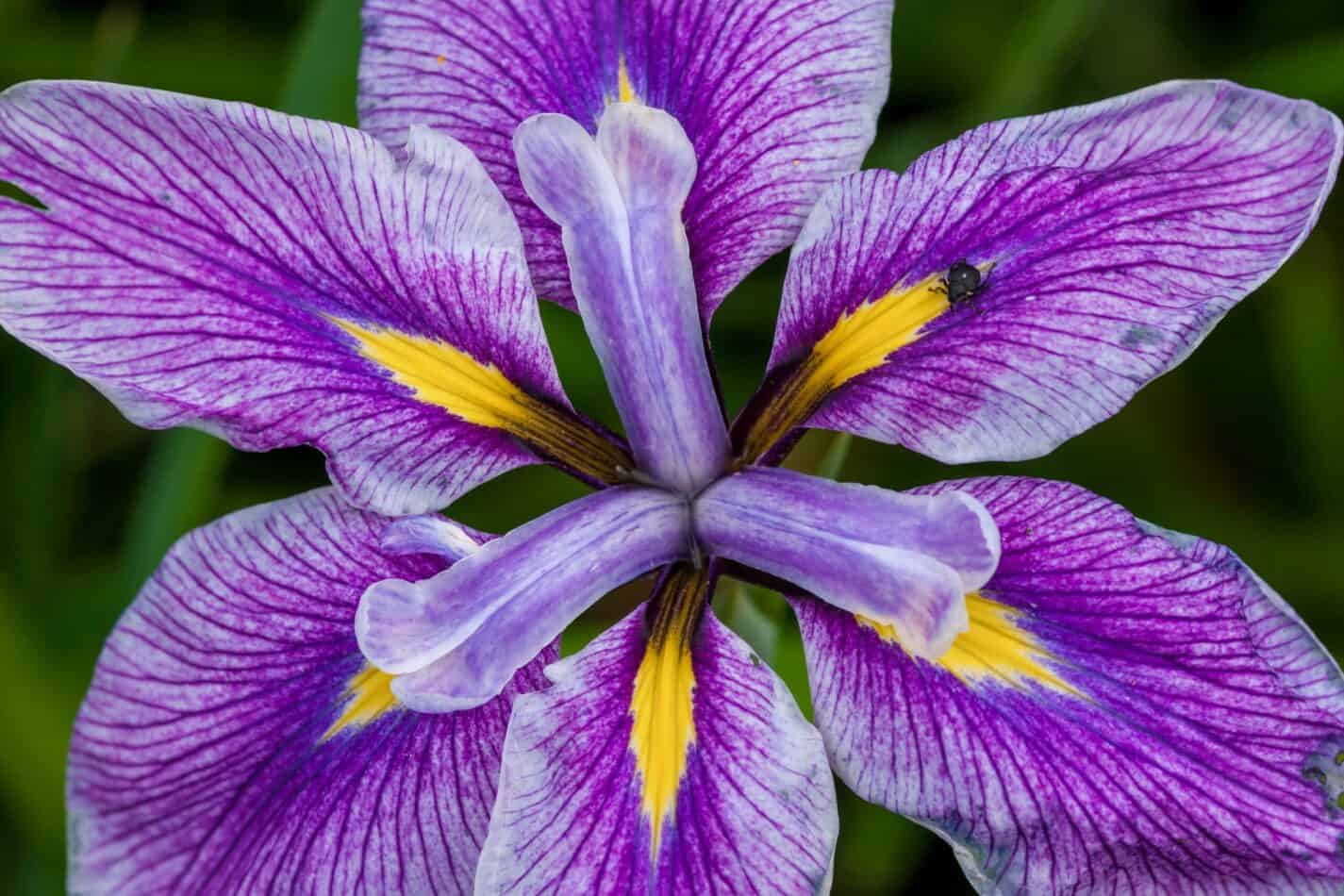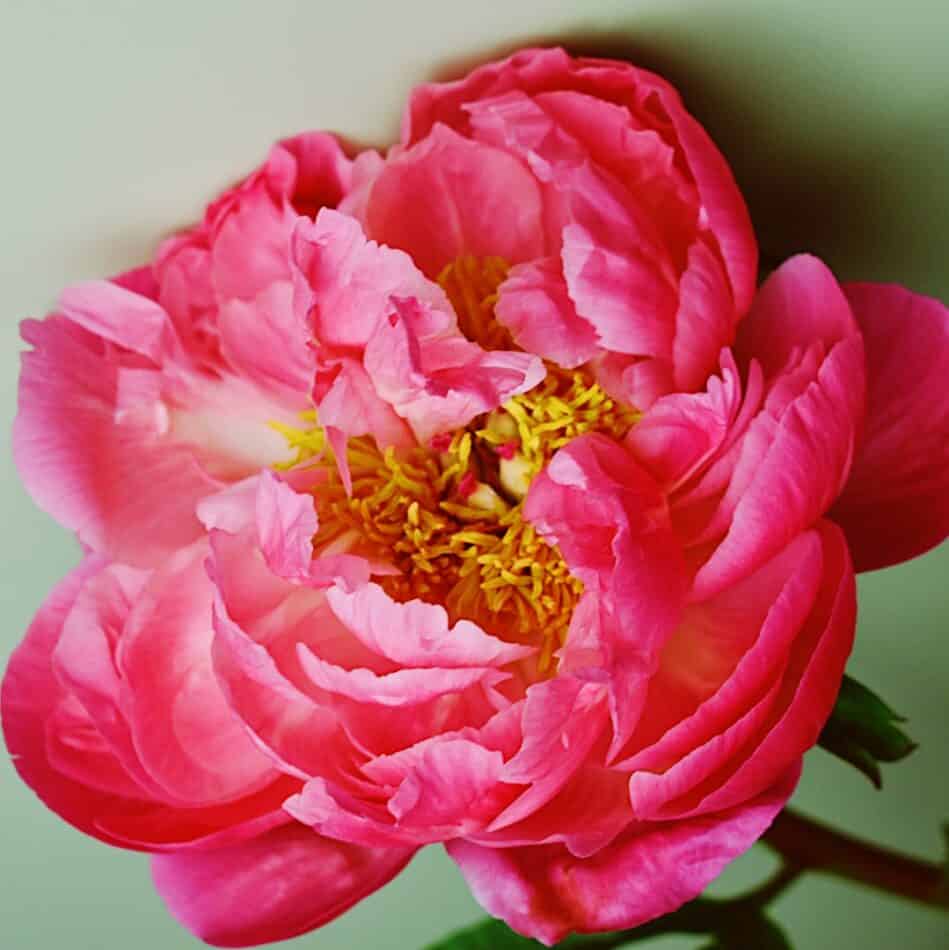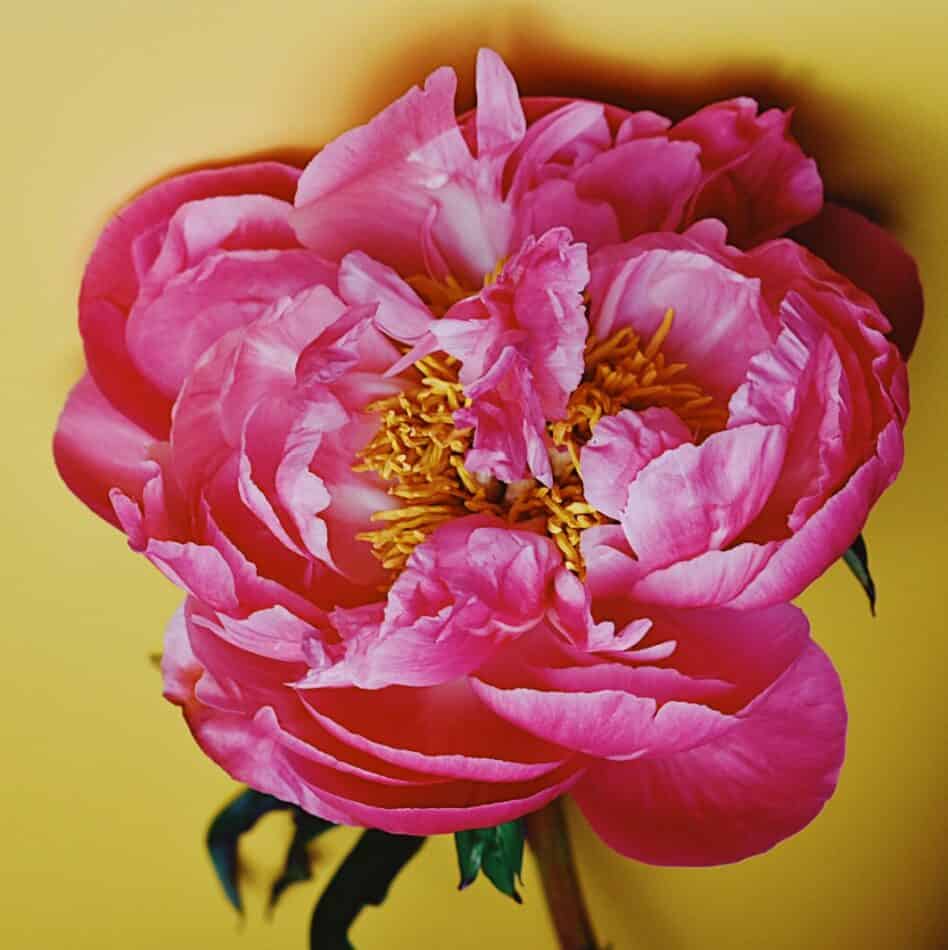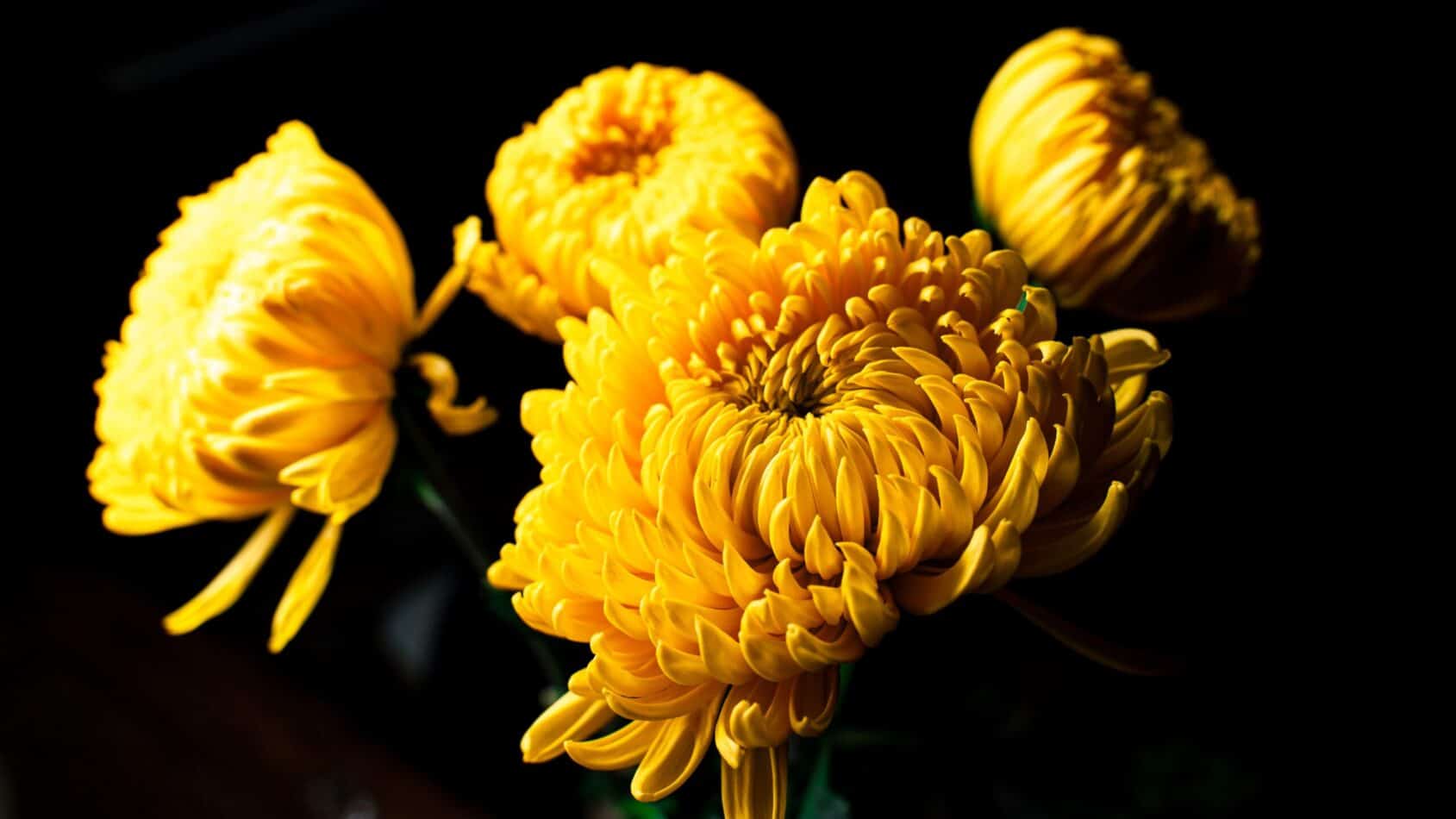Primrose is a small plant with a large garden presence, producing both visual appeal and evening fragrance. The perennial plant is an early spring bloomer that produces a colorful bloom before other plants have come out of dormancy. Under the right growing conditions, primrose can continue to grow and bloom throughout the summer. The brightly-colored, sweet-smelling primrose is ideal for use in garden beds, borders, containers, or for naturalizing areas in the landscape. Under the right growing conditions, primrose will multiply each year and create a carpet of floral color to the landscape.
Planting Location
Select a planting location that has rich humus soil and provides shade from the afternoon sun. Primrose plants like full sun in the spring but they must have partial shade as the summer temperatures warm. The plants are hardy and will adapt to less than ideal growing conditions but for best bloom color and plant growth, plant them in partial shade and loose soil.
Prepare Soil
Prepare the soil before planting primrose by amending it with lots of compost and leaf mold. This will provide the plant with growing conditions that mimic its’ natural woodland habitat.
Sowing Seeds
Primrose seeds are very tiny and are best started indoors in a shallow planting tray 6-weeks before the last predicted frost date.
Fill planting tray halfway with potting soil then add a layer of moist peat moss. Sprinkle tiny primrose seeds on top, cover with plastic wrap, and place tray in the refrigerator for 3-4 weeks to provide the needed cold stratification for them.
After the cold treatment, remove the tray from the refrigerator and place it in a location that will remain a constant 70 degrees F. for 3-6 weeks to promote germination. Leave the plastic wrap on the tray until seeds germinate, then remove it.
Transplant the seedlings to prepared soil when they are 2-inches tall. New plants will be ready to bloom the following spring.
Primrose Plants
If you don’t want to start with seeds, primrose plants provide easier and faster results in the garden.
Plant primrose plants in the early spring into prepared soil. Set the plants so that their crown is right at soil level and space them 6-inches apart. Water thoroughly after planting. Add a layer of mulch around the plants to help keep the soil cool and retain moisture.
Older plants can be divided and transplanted as soon as they finish blooming in late spring. Mature plant size depends on variety planted and will range from 6-inches to 3-feet tall and from 6-18 inches in width.
Bloom colors are red, pink, orange, yellow, cream, and white.
Primrose After Care
Continue watering plants throughout the summer months, about once a week or more during periods of drought.
Reduce water towards the end of summer so plants will begin preparing for dormancy.
Feed plants with water-soluble plant food as soon as they emerge in early spring and once a month thereafter throughout their growing season.
Keep primrose plants looking their best with regular pruning of dead leaves and spent blooms.
Wait until late summer or early fall to collect seeds from plants. Store seeds in a cool, dry place until ready to start in late winter.
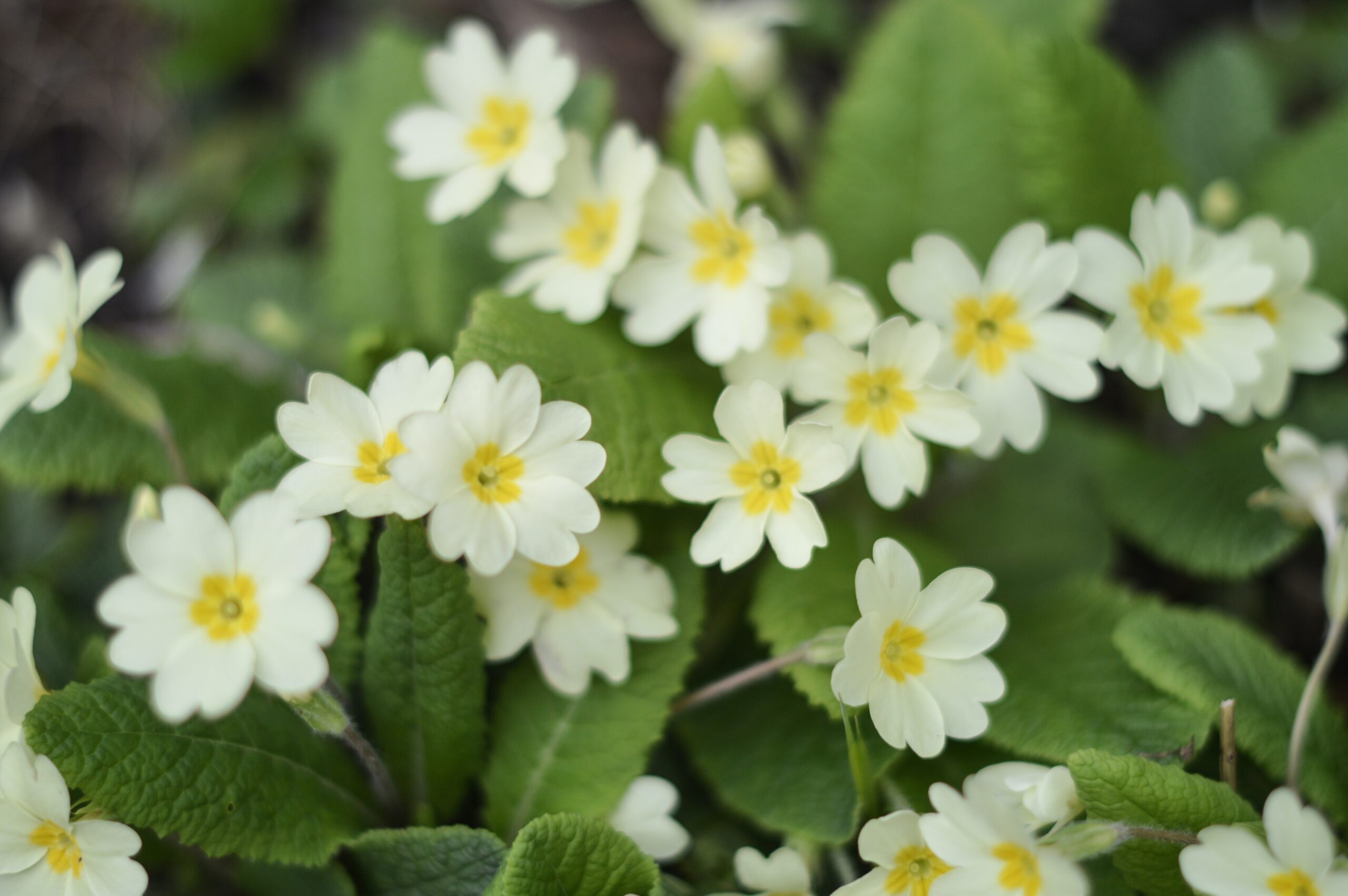
Pests and Disease Problems
Aphids, snails, and slugs enjoy the flavor of primrose and are the top 2 common pests that attract these spring flowers. Create a ring of crushed eggshells around each plant to keep snails and slugs away and blast aphids off plants with a water hose.
Primrose grows best in moist soil but too much moisture can also make the plant susceptible to fungal infections, crown rot, and root rot. Soil that drains well and a 1-inch layer of organic mulch will promote cool, moist soil so the primrose can thrive without developing disease problems.
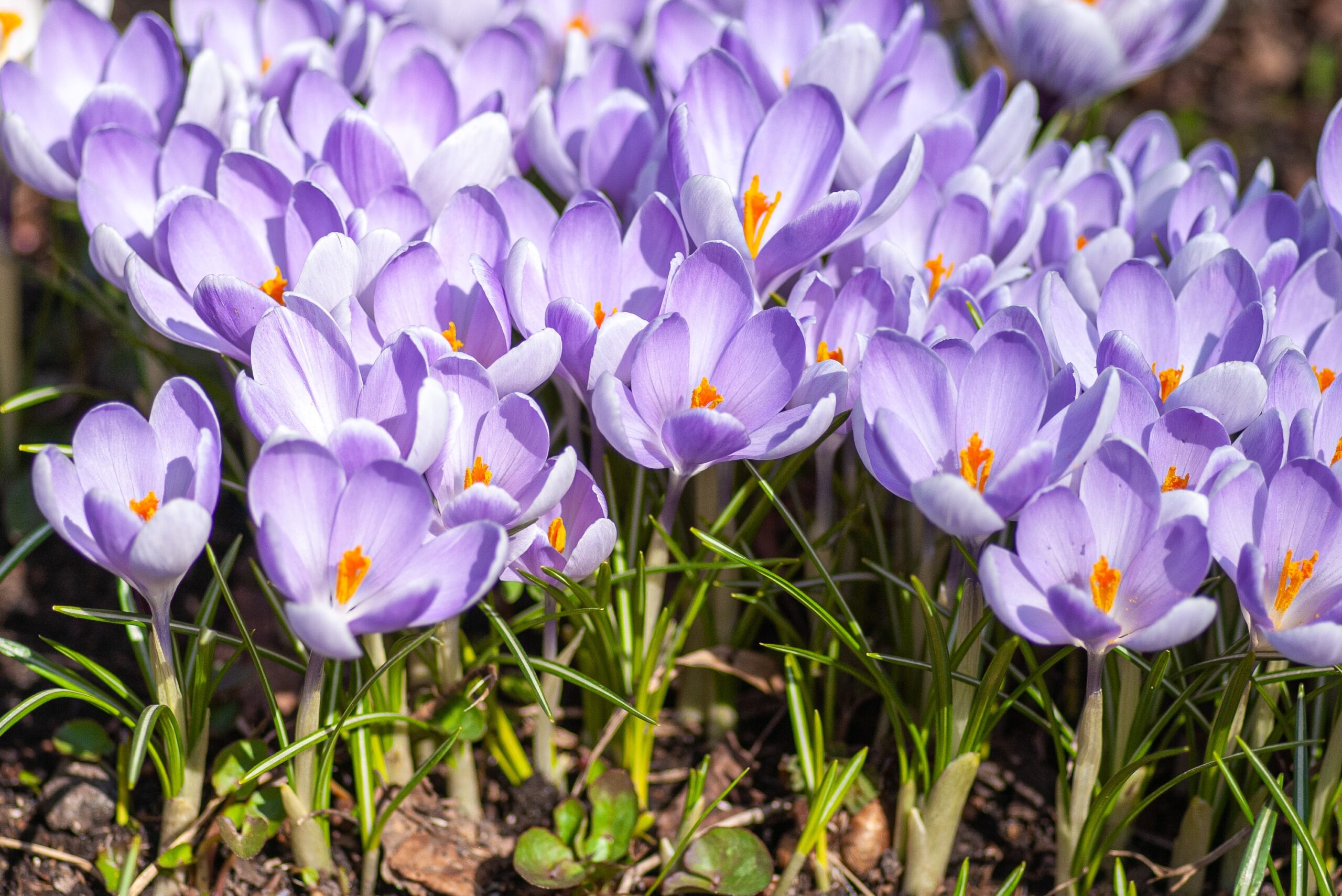
What we love from Amazon this week
Buy these wonderful flowers directly from Amazon:


